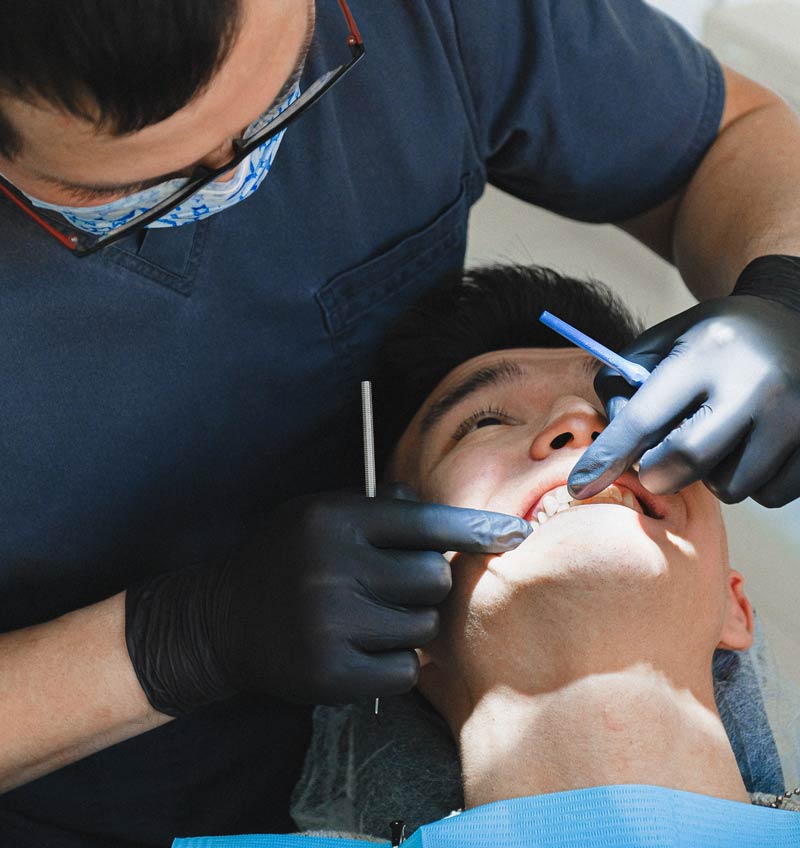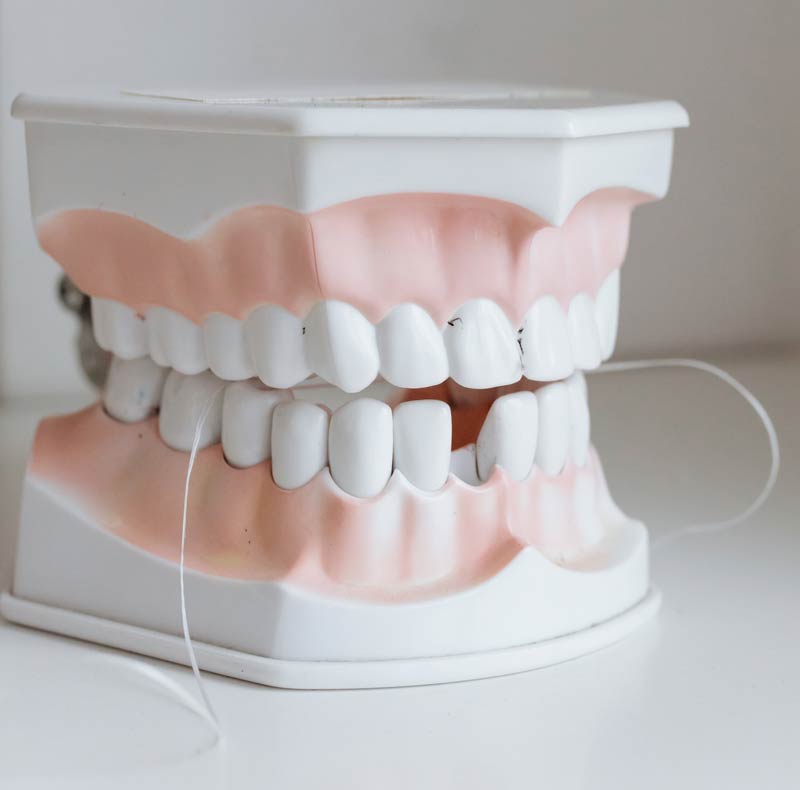About
Chin Protrusion

Protruding Lower Jaw:
What Are My Options?
When the jaws do not fit together properly, it is called a malocclusion (literally “bad bite”). A malocclusion, such as a protruding lower jaw or underbite, can be corrected through jaw surgery, which is often performed in combination with simultaneous orthodontic treatment.
Malocclusions typically develop due to different growth rates between the upper and lower jaws, and when they are addressed early, orthodontic intervention alone may suffice to correct the problem. This type of intervention tends to be most effective in children and adolescents, whose jaws are not yet fully developed.
A Very Common
Orthodontic Complaint
A Class III is a very common orthodontic complaint. Between three and five percent of the population has a lower jaw that is to some degree longer than the upper jaw.
Signs include lower front teeth that protrude ahead of the upper front teeth, causing a crossbite, which causes the upper teeth to bite inside the lower teeth, towards the tongue. Crossbites in both front and back teeth can cause biting and chewing difficulties, so are usually corrected at an early stage.
Lower jaw protrusion can run in families, with a large lower jaw and small upper jaw being hereditary. As well as causing aesthetic problems that can lead to low self-confidence, an untreated protruding lower jaw can also cause excessive wear on the enamel of the back teeth.

